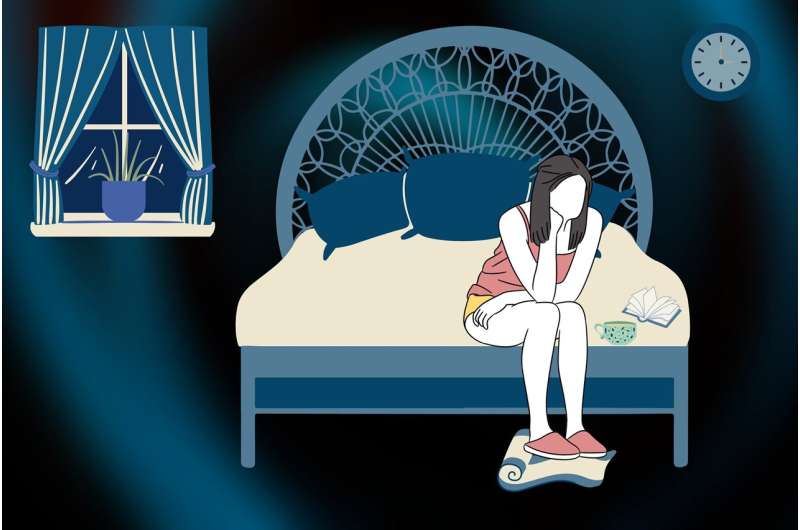How to Prevent and Treat Cracked Heels: Tips for Smooth, Healthy Feet This Summer

As the warmer months arrive and sandals become a daily staple, many people notice their feet demanding more attention. Cracked heels, also known as heel fissures, are a common problem that can turn uncomfortable if not addressed properly. These cracks develop mainly due to dry skin and loss of skin elasticity, conditions exacerbated by summer activities.
The skin on our feet is unique; lacking sebaceous glands, it doesn’t produce natural oils, making it prone to dryness. When subjected to friction, pressure, and environmental stressors like heat and sun, the skin thickens as a defensive response. However, this thickened skin can split under repeated stress, leading to painful fissures.
Open-back shoes such as flip-flops often worsen the problem. They allow the heel’s fat pad to expand and increase stress on the surrounding skin. Hot, dry environments—pavement, poolside tiles—further dehydrate the skin, heightening the risk of cracks. Obesity can add extra pressure to the heels, making fissures more likely, while skin conditions like eczema and psoriasis weaken the skin’s barrier, promoting dryness and cracking. Excess moisture from sweating or prolonged soaking can also soften the skin, reducing its resilience.
If left untreated, cracked heels can become painful, bleed, and increase the risk of infection. For individuals with underlying conditions like diabetes or circulatory issues, minor cracks can escalate into serious complications such as ulcers or cellulitis due to poor healing capacities.
Prevention is straightforward: moisturize daily with creams containing ingredients like 10% urea or lactic acid to keep the skin hydrated and soft. Supportive footwear, which cushions the heel and minimizes stress, should be prioritized; avoid walking barefoot on harsh surfaces. Staying well-hydrated protects skin elasticity, and weekly exfoliation with a pumice stone or foot file helps prevent thickened skin buildup.
For existing cracks, targeted treatments are effective. Applying heel balms with urea and salicylic acid can promote hydration and exfoliation. Using these products at night, covered with cotton socks, enhances absorption and healing. Severe cracks or signs of infection necessitate professional consultation—a podiatrist may opt for stronger treatments or medical adhesives.
Special caution is advised for people with health conditions affecting skin integrity. Regular foot checks and prompt treatment of minor fissures can prevent serious issues. Experts recommend avoiding chemical exfoliant socks on cracked or fragile skin, especially for those with diabetes or circulation problems, due to the heightened risk of irritation and delayed healing.
By adopting good foot care habits, choosing supportive footwear, and seeking professional assistance when needed, you can keep your feet healthy, comfortable, and beautiful all summer long.
Stay Updated with Mia's Feed
Get the latest health & wellness insights delivered straight to your inbox.
Related Articles
Exercise as a Strategy to Reinstate Immune Function in Post-COVID Syndrome Patients
Engaging in an eight-week exercise program can significantly improve immune system function in patients suffering from post-COVID syndrome, according to recent research. This approach offers hope for managing persistent symptoms and boosting long-term immunity.
Ebola Vaccine Deployment at Congo Outbreak Epicenter Amid Containment Challenges
Urgent vaccination efforts are underway in Congo’s Kasai province to control the first Ebola outbreak in 18 years, amid logistical challenges and limited resources.
The Effects of Sleep Disruption and Mood Medications on Women's Hormonal and Mental Health
Disruptions in sleep patterns and the use of mood-stabilizing medications can significantly impact women's hormonal balance and mental health. Recent research highlights the importance of understanding biological rhythms to develop better treatment strategies.
Vestibular Symptoms Remain Stable and Improve for Many Meniere's Patients After Cochlear Implant
Most patients with Meniere's disease experience stable or improved vestibular symptoms following cochlear implantation, providing reassurance about surgical outcomes.



